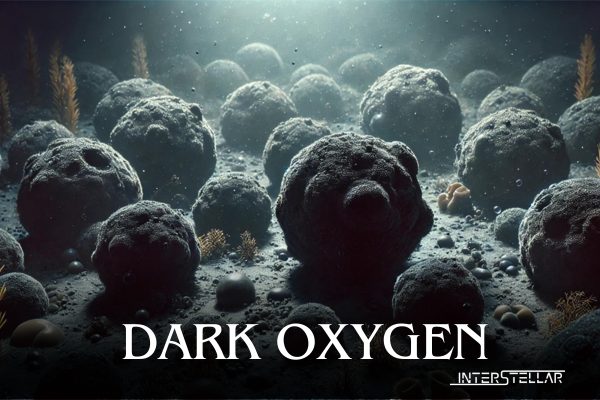Discovery of Dark Oxygen: New Insights into Earth’s Oxygen Sources
For decades, scientists have theorised about dark matter, believed to hold galaxies together through its gravitational pull. The mystery of dark matter continues, but now scientists have discovered what they call dark oxygen on the ocean floor.
Oxygen from the Ocean’s Depths
A recent study in Nature Geoscience, an Earth sciences research journal, reveals oxygen emitted from mineral deposits 4,000 metres (about 13,000 feet) below the Pacific Ocean’s surface. This discovery took place in the Clarion-Clipperton Zone (CCZ), a region covering 4.5 million square kilometres (1.7 million square miles).
Andrew Sweetman, a professor at the Scottish Association for Marine Science (SAMS), led this study. His team’s research suggests there is an additional oxygen source on the planet apart from the oxygen produced by photosynthesis.
What is Dark Oxygen?
Dark oxygen originates from polymetallic nodules found in the CCZ. These coal-like mineral rocks contain manganese and iron. Unlike the oxygen produced by photosynthesis from plants and algae, these nodules generate oxygen without sunlight.
This discovery could change scientists’ understanding of how life began on Earth. Sweetman mentioned in a SAMS video that this research might indicate an ancient oxygen source, suggesting aerobic life could have existed before photosynthesis. This insight raises questions about life on other planets as well.
Discovering Dark Oxygen
The discovery of dark oxygen follows a decade-long research mission. In 2013, researchers aimed to understand how much oxygen organisms on the CCZ seafloor consumed. They deployed landers, mechanical platforms that free-fall to the ocean floor, to measure oxygen levels at 4,000 metres.
Contrary to expectations, they found increased oxygen levels at the ocean bed. Initially doubting their equipment, Sweetman and his team recalibrated and repeated their experiments, consistently finding the same results. Further tests revealed that manganese nodules were responsible for the oxygen production.
In the lab, they observed seawater electrolysis, a process that splits seawater into hydrogen and oxygen, occurring in these nodules. This process was likened to the charge of an AA battery.
Implications of the Discovery
Sweetman’s findings suggest that some minerals can produce oxygen without sunlight. Nick Owens, director of SAMS, described these findings as “utterly profound.”
The discovery has significant environmental implications. It highlights the need to protect areas that produce oxygen naturally. Sweetman emphasised the importance of considering these findings in the context of deep ocean mining. The oxygen produced by these ecosystems is crucial, and mining activities must be carefully planned to avoid disrupting these processes.
Additionally, discovering another oxygen source prompts scientists to revisit theories about the origins of life on Earth. Understanding this ancient oxygen production could offer new insights into early aerobic life and the potential for life on other planets.
Conclusion
The discovery of dark oxygen on the ocean floor has far-reaching implications. It challenges existing scientific understanding of oxygen sources and the origins of life. As research continues, this newfound knowledge will shape future studies in marine science and planetary exploration.





